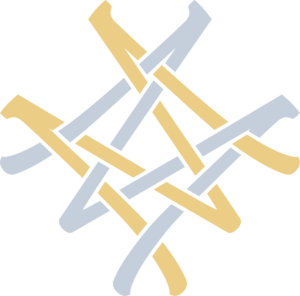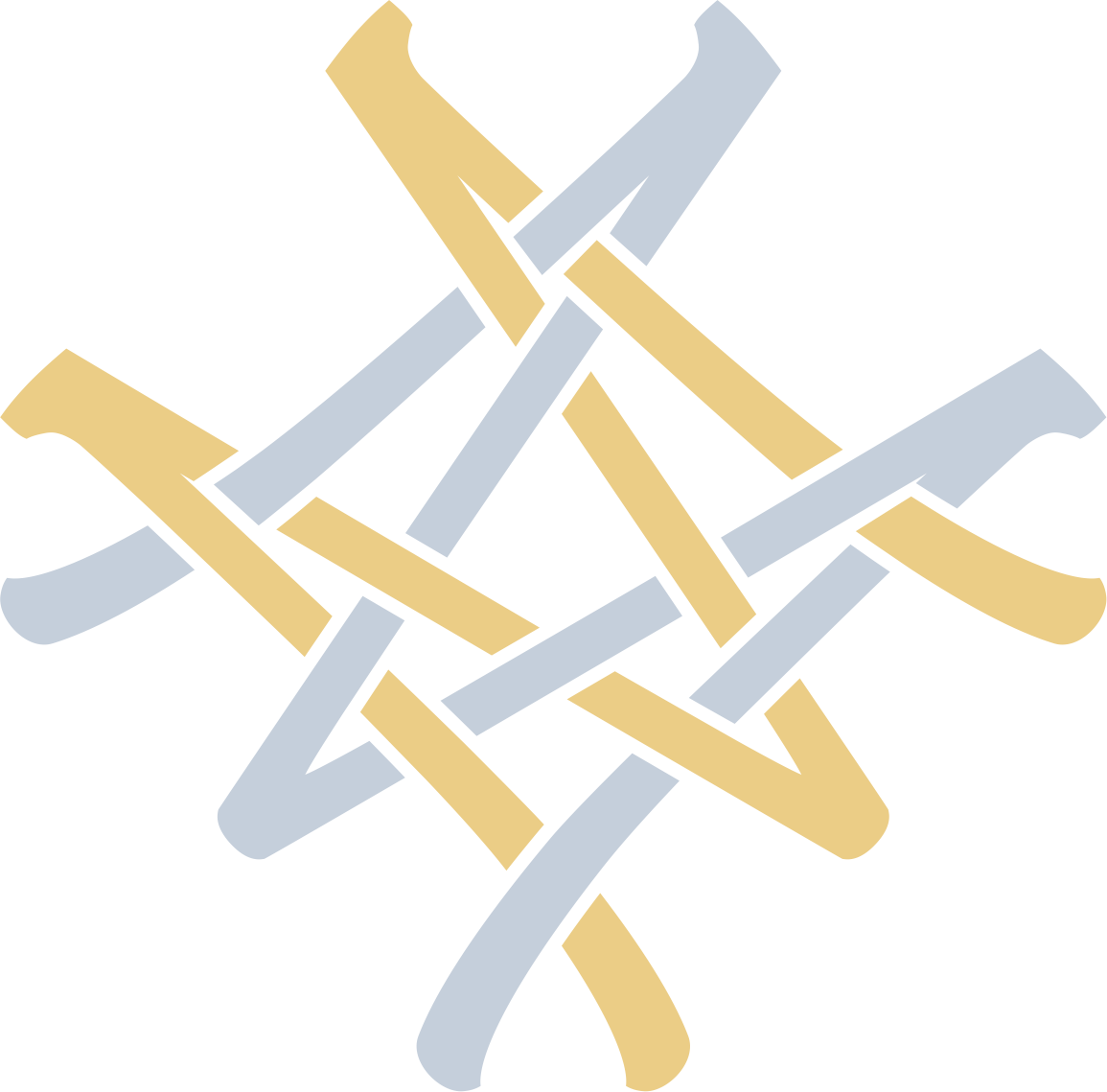The outstanding Russian scientist, humanist and traveler N.N. Miklouho-Maclay is known throughout the world as a pioneer of anthropological and ethnographic studies of the indigenous people of the northeastern coast of New Guinea (the Maclay Coast). However, during his expeditions in the Pacific, Nikolay Nikolaevich made a valuable contribution to the study of the peoples and customs of West Micronesia.
In the spring of 1876, the Russian scientist visited Gebe Island, Pagan Island, Woleai atoll, Auropik Islands, Yap and Palau Islands. The traveler used European traders who had settled on the Micronesian islands as interpreters, as well as those islanders who, having worked as sailors on European ships, spoke a little English.
According to N.N. Miklouho-Maclay, on the island of Pagan he met an Englishman Henry Terey who had a large family of 20 children and grandchildren, and who came to the island to collect copra (dried coconut pulp) and other resources.
Nikolay Nikolaevich also made a description of the Auropik Islands. Despite the fact that the Russian scientist did not go ashore, he was able to see islanders who arrived at the ship on a pirogue. According to his descriptions, the islanders had curly hair, “which formed large caps.” They wore jewelry made of shells and flowers. Later, the scientist learned that the majority of the population of the Auropik Islands were residents of the island of Yap. They came there for the extraction/purchase of “gau” — jewelry made of shells and stones, which served as an analogue for money.
In addition, thanks to the Russian scientist, we now have descriptions of the inhabitants of Woleai. According to N.N.Miklouho-Maclay’s diaries, the inhabitants of the atoll were of medium height, “many young people were very beautiful and well-built”. Some residents were tall. The scientist even measured the height of the tallest resident, who was as tall as 181 cm.
However, Miklouho-Maclay’s reports about the islanders of Palau and Yap, where he stayed for about two weeks, are the most detailed. According to the traveler’s diaries, the streets of the Yapese villages were paved with coral slabs, and near the houses with gable roofs there were massive stone disks with drilled holes in the middle. It was “fei” – Yapese stone money. Thanks to the descriptions, drawings and museum exhibits brought by N.N. Miklouho-Maclay and European travelers from Yap, they soon became known all over the world.
During the expedition, Nikolay Nikolaevich also found out that the chiefs of the atolls located to the east of Yap paid tribute to the Yap rulers of the village of Gatchepar. Every year, during the period of South-East winds, a whole flotilla of canoes from these atolls arrived in Gatchepar. They brought tribute: skirts, loincloths, belts, neatly woven from banana and coconut fibers, and shellcraft. When the wind changed, the flotilla set off on its return voyage, taking away less valuable gifts in return. Later, ethnographers studied the phenomenon described by N.N. Miklouho-Maclay, calling this part of the Micronesian island world the “Yapese Empire” for no good reason .
The traveler also visited Micronesian men’s houses, where initiation rites were performed and weapons and various sacred objects were stored. For the first time Nikolay Nikolaevich saw men’s houses in the North-East of New Guinea, but their analogues on Yap and Palau were much larger and had more complex functions. This could probably be a sign of a higher level of social development of the Micronesians compared to the Papuans.
While on the islands of West Micronesia, Nikolay Nikolaevich became a friend to the Chief of the village of Malegiok and the entire Artingall District (Ngateligal) of the island of Babeldaob in the Palau archipelago and even acquired (rather, received permission to use in the future) two small pieces of fertile land.
One can only be amazed at the variety and abundance of information that N.N. Miklouho-Maclay collected on these islands. Food, clothing, jewelry, tattoos, traditional weapons and tools, sailing boats, buildings, burial structures, Chiefs, priests, sorcerers and shamans, ideas about the afterlife, the cult of ancestors – this is an incomplete list of topics related to Western Micronesia, which are reflected in the ethnographic notes and drawings of N.N. Miklouho-Maclay.



